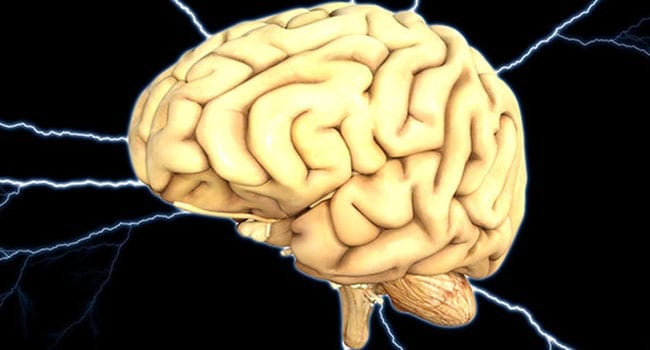 Brain imaging is advancing research into the biological underpinnings of many psychiatric conditions. And as we understand more, we find new directions for effective treatments.
Brain imaging is advancing research into the biological underpinnings of many psychiatric conditions. And as we understand more, we find new directions for effective treatments.
In attention deficit hyperactivity disorder (ADHD), some of this research points toward new treatments that don’t rely solely on the traditional stimulant medications.
One study using magnetic resonance imaging (MRI) examined the brains of adolescents while they completed a set task. The study compared the results of those with untreated ADHD to the brains of volunteers without the condition.
All study volunteers were matched for age and gender to ensure results showed only differences due to ADHD. Importantly, the ADHD subjects had never used medication so the effects can’t be attributed to previous treatment.
The subjects did a task that required the withholding of a behavioural response. They were asked to push a button with their right or left thumb depending on the direction of a displayed arrow. Periodically, the arrow was followed rapidly by a signal to stop before pushing the required button. The tasks were manipulated so each subject failed on 50 per cent of the trials, ensuring that subjects worked at the edge of their own ability.
Individuals with ADHD and no treatment history showed significantly reduced activity in certain brain regions when they failed to perform the stop action required. The extent of these reductions in brain activity correlated with the behavioural scores of ADHD severity.
Another study examined brain activity among siblings with the disorder. Similar to the first study, results were measured as the subjects were asked to complete tasks. Again, the subjects were asked to do something and then stop doing it.
This study found that when two siblings both had ADHD, they both showed some inhibitory control impairment compared to volunteers without ADHD. As in the first study, those with ADHD had difficulty stopping the tasks.
Also, in siblings where one had the condition and one did not, the one without the disorder still showed some impairment – although not as much as the sibling with ADHD. These siblings fell somewhere between the normal controls and results shown by the brother or sister with ADHD.
These findings were useful in determining a genetic predisposition to ADHD and confirming its neurological basis.
The more we learn, the more clear it becomes that ADHD is not simply the result of bad parenting or inconsistency, but a disorder with biological and genetic contributors.
Of course, many professionals have been saying this for years. But it’s a message that bears repeating as many still think ADHD is a condition that doesn’t even exist. This kind of stigma does a lot of damage and inhibits people from seeking available and much-needed help.
Tests such as the ones used in these studies could also be helpful to measure response to treatment. They are relatively tests that could be administered in an office setting as a patient’s treatment is monitored.
Brain imaging has given us this window into ADHD, and it will continue to help as new effective treatments are developed.
Paul Latimer is president of Okanagan Clinical Trials and a Kelowna psychiatrist.
The views, opinions and positions expressed by columnists and contributors are the author’s alone. They do not inherently or expressly reflect the views, opinions and/or positions of our publication.


